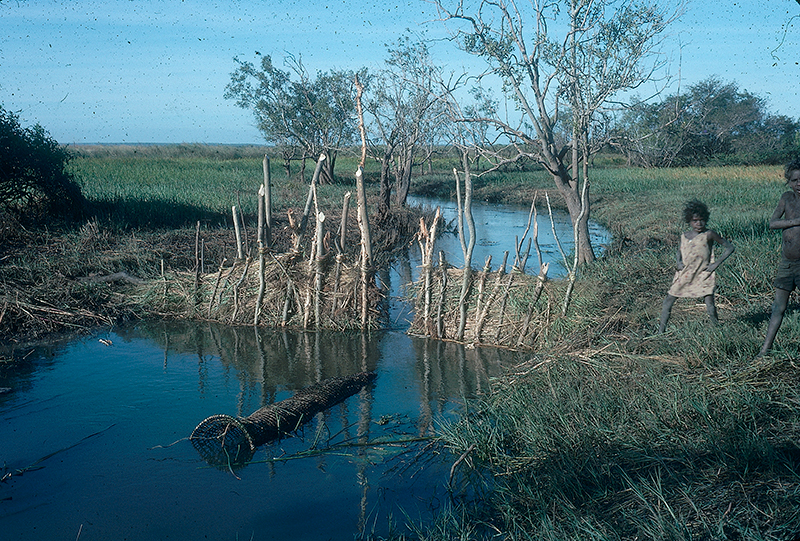

The more cloth a weaver produced, the more her household prospered.Ĭurrently Mayan women continue to weave, in addition to their own and their family’s clothes, to obtain a much needed income. Tribute was paid in cloth and it was also a common market currency. Weaving provided, for both Aztec women and contemporary Mayan women, their most important link to the larger economy. Why were spinning and weaving central in defining womanhood? The most important reason is found in the economic contribution of weaving. At death, Aztec women were buried with their weaving instruments. Thus, the Aztecs represented a goddess with a loincloth and cape (male dress) to express the masculine nature of her behavior.

It was based on dress and the instruments of work.

Gender identity wasn’t based on intrinsic physical qualities, such as genitals or secondary sexual characteristics. To fail in weaving was equivalent to be a failure as a woman. The Aztecs, for whom we have good information, considered weaving as the women’s work par excellance.
#WEAVING TIDES INDIGENOUS ORG SKIN#
The huipil is for us, she says, like a second skin (documentary Between Light and Shadow: Mayan Women in Transition). In one of her paintings, she shows a woman bearing the designs of her town’s huipil directly on her skin. Paula Nicho Comez, a painter from San Juan Comalapa, expresses dramatically the profound identity of a Mayan woman with her “huipil” (native blouse, specific to the village where the woman comes from). A woman shows her respect for her community by following its esthetic rules, selecting designs, colors and styles, in addition to following its more general cultural and social norms. Women continue to weave their own and their family’s clothes. It is well know that weaving expresses the identity of the weaver and her commitment to being Mayan and to her own specific community. However, with the passage of time, these foreign elements become “mayanized,” i.e., reinterpreted within their own cultural context, and their ties to Mayan symbols and associations give life to new Mayan syntheses. Through the centuries, Mayan people have been compelled to incorporate elements from other cultures. There is no question that weavers also integrated elements from other cultures in their textiles. (For more information on the continuity of weaving designs see Walter Morris, Living Maya, 1988) Hidden between the warp and weft, these escaped the fate of indigenous books that were burnt by Spanish priests and authorities. In this manner, the work of weavers was essential for the survival of important elements of ancient culture. For five centuries, Mayan women have transmitted through weaving esoteric designs that encoded the Mayan vision of the world.


 0 kommentar(er)
0 kommentar(er)
